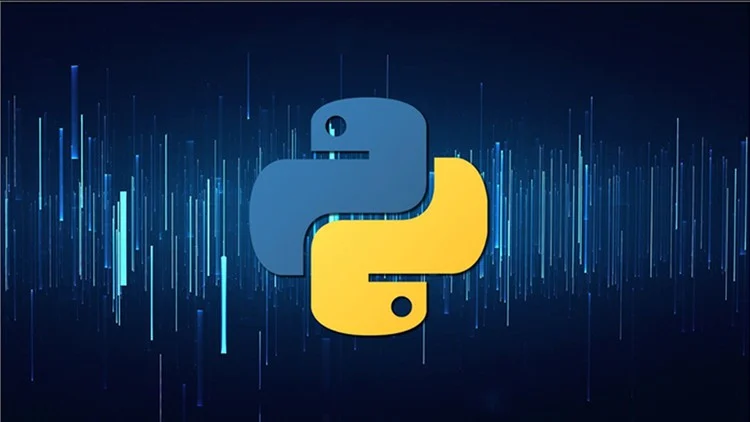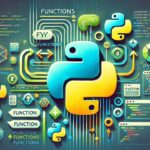Python is one of the most popular and versatile programming languages, widely used in web development, data analysis, machine learning, automation, and more. Whether you’re a complete beginner or someone looking to brush up on your Python skills, this guide will provide the foundational knowledge you need to start programming with Python.
Why Python?
Python is a high-level, interpreted language known for its simplicity and readability. It allows developers to focus on solving problems rather than getting bogged down by complex syntax. Python’s community and vast array of libraries make it an excellent choice for beginners and experienced developers alike.
Getting Started with Python
- Installing Python
- To start programming in Python, you need to install Python on your machine. You can download Python from the official website (https://www.python.org/downloads/). Make sure to install the latest version of Python and add it to your system’s PATH.
- Python IDEs
- Integrated Development Environments (IDEs) are essential for coding in Python. Some popular IDEs include:
- PyCharm: A full-featured IDE for Python.
- VS Code: A lightweight but powerful editor that supports Python through extensions.
- Jupyter Notebook: A great choice for data science and interactive development.
- Integrated Development Environments (IDEs) are essential for coding in Python. Some popular IDEs include:
- Basic Python Syntax
- Python’s syntax is simple and easy to learn. Here are a few basics:
- Variables: Variables store data that can be accessed or modified. pythonCopy
x = 5 y = "Hello, Python!" - Data Types: Python supports various data types such as integers, floats, strings, and lists.
- Functions: Functions are blocks of code that perform specific tasks. They help you organize and reuse code. pythonCopy
def greet(name): return f"Hello, {name}!"
- Variables: Variables store data that can be accessed or modified. pythonCopy
- Python’s syntax is simple and easy to learn. Here are a few basics:
- Control Flow and Loops
- Conditional statements allow you to make decisions in your code based on conditions. pythonCopy
if x > 10: print("x is greater than 10") else: print("x is less than or equal to 10") - Loops let you repeat actions. For example, a
forloop iterates over a sequence: pythonCopyfor i in range(5): print(i)
- Conditional statements allow you to make decisions in your code based on conditions. pythonCopy
Python Libraries
- NumPy
- NumPy is a powerful library for numerical computing, especially in data science and machine learning.
- Pandas
- Pandas is used for data manipulation and analysis, making it ideal for handling large datasets.
- Matplotlib
- Matplotlib is a plotting library used to create static, animated, and interactive visualizations.
Conclusion
Python’s simple syntax, vast libraries, and versatility make it one of the best languages to learn. By starting with the basics and working your way up, you’ll be on your way to mastering Python in no time.




